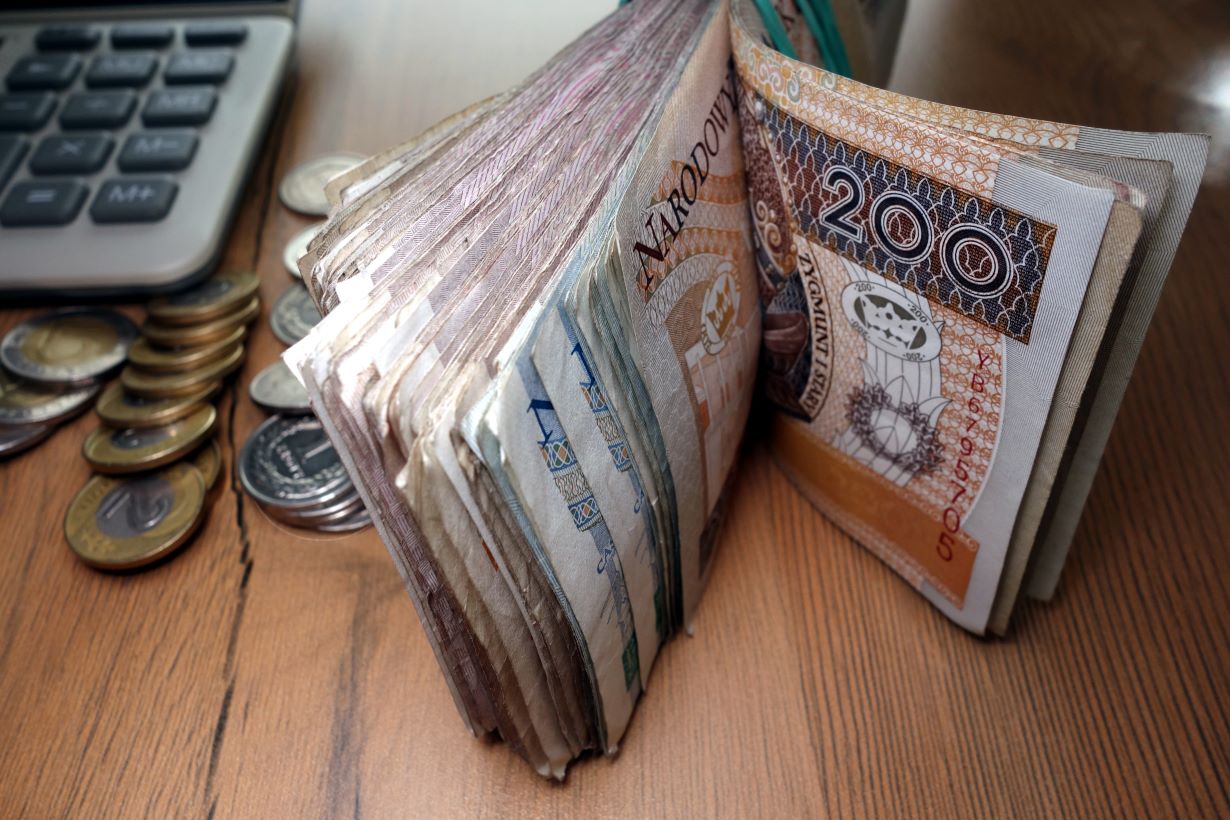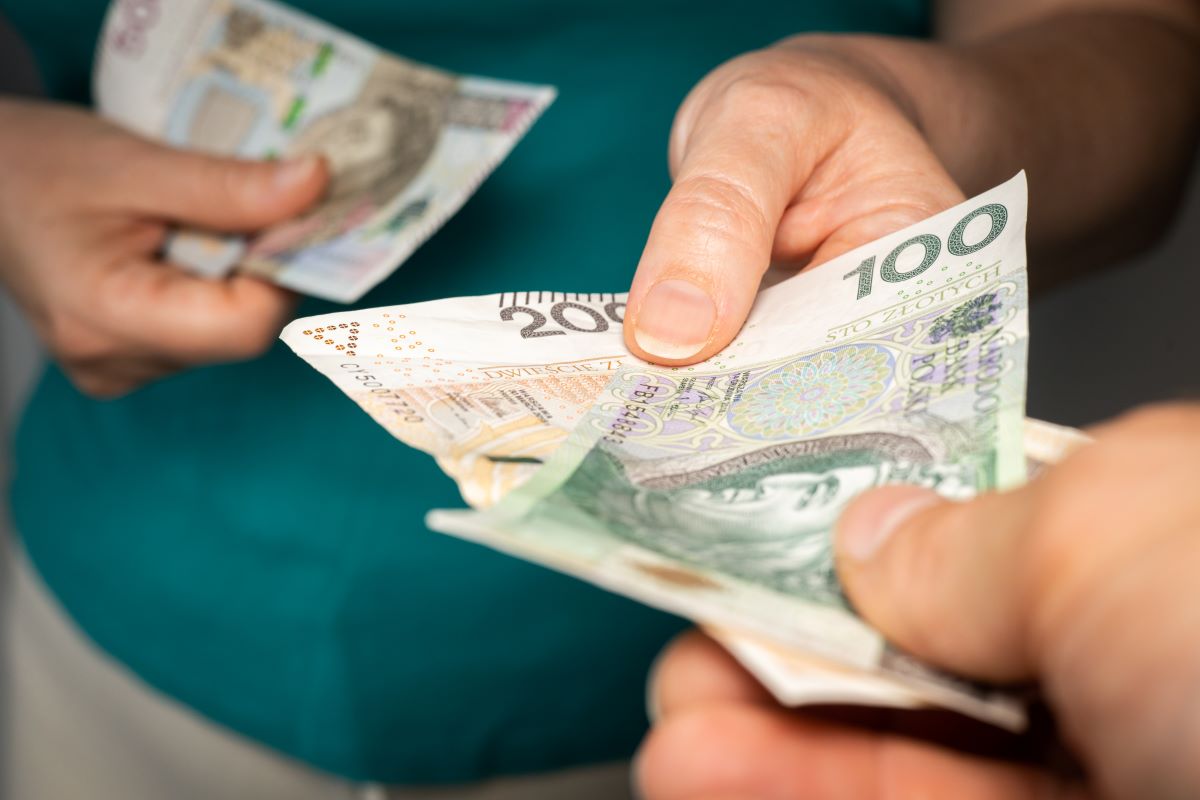
Rickards Issues Avalanche Warning
Authored by James Rickards via DailyReckoning.com,
Remember the Aug. 5 mini-crash? Well, investors apparently don’t. It seems like a distant memory at this point, as the “buy the dip” theme is a deeply entrenched force in today’s market.
Well, I’m afraid that this Wednesday, Aug. 28, they’re about to get a stark reminder. Only this time, it’ll be far worse. Today, I’ll show you why.
First off, why are stocks going up? The simple answer is that the market’s in a bubble. There are a couple of things to consider…
The S&P 500 is really the S&P Four, meaning it’s a cap-weighted index. That means that the impact of a stock’s price on the index is a function of its market capitalization. The bigger its market cap, the greater its impact on the index.
Right now, the top 10 stocks in the S&P account for about 30% of the index.
And it’s just a small handful of stocks like Apple, Microsoft, Nvidia, Google (Alphabet) and a couple of others that account for most of the market’s gains this year.
If you actually take the 500 stocks in the S&P 500 (503 to be precise), more of them are down this year than are up. So when you say the S&P is up 18% on the year, it presents a very distorted picture.
The Nvidia Bubble
Nvidia has been the market’s leading performer, partly because of the latest market fad concerning artificial intelligence (AI) and GPT (generative pre-trained transformers).
The AI boom has created hand-over-fist demand for Nvidia’s chips.
But do the people buying these stocks actually know what GPT is? No, most don’t. But they don’t want to miss the Nvidia gravy train.
People buy into the hype because they don’t want to miss out on the next big thing. And so they buy the stock. That drives the stock higher, which attracts more buyers, which drives the price even higher, which attracts even more buyers.
t’s a positive feedback loop. We’re now in that feedback loop. It’s amplified by institutional investors. Large index funds like Vanguard, State Street, Fidelity and some others have loaded up on Nvidia stock.
What happens when they buy Nvidia? The stock price goes up. Then what happens? They buy more Nvidia stock because it has an even larger place in the index.
So it’s a process that feeds on itself. And it can go on for a long time. That’s how bubbles form.
How All Bubbles End
How does it end? Well, it ends with a crash eventually. The music can’t keep playing forever. The question then becomes when exactly is the music going to stop playing?
It can be a difficult question to answer. You know it’s a bubble, even if you don’t know when it’ll pop. You know it will, but you usually don’t know the specific catalyst that will set the crash in motion. Often, the catalyst is only obvious in retrospect.
The first factor to consider about Nvidia is that its valuation is absolutely sky-high. It has a P/E ratio of 75, which means investors are willing to pay $75 for each dollar of earnings.
But here’s something most investors don’t know: Nvidia’s CEO Jensen Huang and its CFO have been selling hundreds of millions of dollars worth of Nvidia shares. In fact, they just hit a record of shares sold.
Now, I’ve been general counsel for some very large companies. Insider selling like this isn’t a sign of any problem by itself. A lot of times, the way executive compensation is structured means they end up selling shares on a set schedule.
But when I looked into it, I noticed some other strange coincidences that made me dig in more. And I believe there’s a good reason these insiders are selling their shares. And I found five major reasons why I believe Nvidia stock is about to get hammered in two days.
Peak Nvidia?
Yes, Nvidia chips have been in high demand, which has helped fuel the Nvidia boom. But I’ve uncovered a lot of evidence that demand for Nvidia chips has peaked.
Not only has demand peaked, but I believe it’s actually shifting to other chipmakers. Increasingly, these AI chips are being designed in house at companies like Google and Amazon through partnerships with other companies. This lets them train AI models more cheaply.
Another issue with Nvidia chips is that they’re often too powerful for the different AI uses that these companies need.
It’s like using a cannon when you only need a rifle. It’s simply overkill.
Meanwhile, Nivida’s chips are very expensive, and they require a lot of energy which also costs a lot. So by shifting to building their own in-house chips, these big tech companies are reducing their costs, and becoming independent of Nvidia.
But Nvidia stock is basically “priced for perfection.” The problem is when people expect perfection, anything less than perfect is bad news. And I believe Nvidia investors are about to get some really bad news two days from now.
What’s the big deal? Well, it could trigger a massive market chain reaction, potentially leading to losses of 30%, 50% and even 80% among some of the biggest tech stocks that have been driving the market.
If it happens, the major stock market indexes are going to get clobbered. It won’t be the end of the world, I want to be clear about that. But the market could take a long time to recover.
Which Snowflake Will Trigger the Avalanche?
I’ve often compared the causes of market crashes to snowflakes that can trigger an avalanche. A massive amount of snow can accumulate before that one final snowflake comes along to start the chain reaction.

The way to think about it is that the triggering snowflake might not look much different from the harmless snowflake that preceded it. It’s just that it hit the system at the wrong time, at the wrong place.
There’s a lot of snow built up on this mountain. Nvidia could potentially be the snowflake that triggers an avalanche.
I’m not telling you to panic, but I do want you to be prepared for a possible avalanche. If it doesn’t happen, that’s great, you can get on the ski lift and take another run down the mountain.
But if an avalanche does occur, you’ll sure be glad you avoided it.
Tyler Durden
Wed, 08/28/2024 – 07:20

 1 rok temu
1 rok temu

















